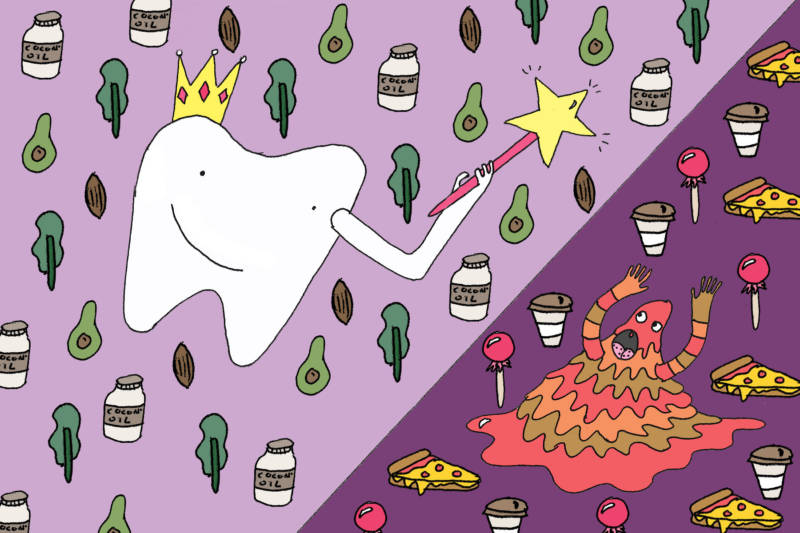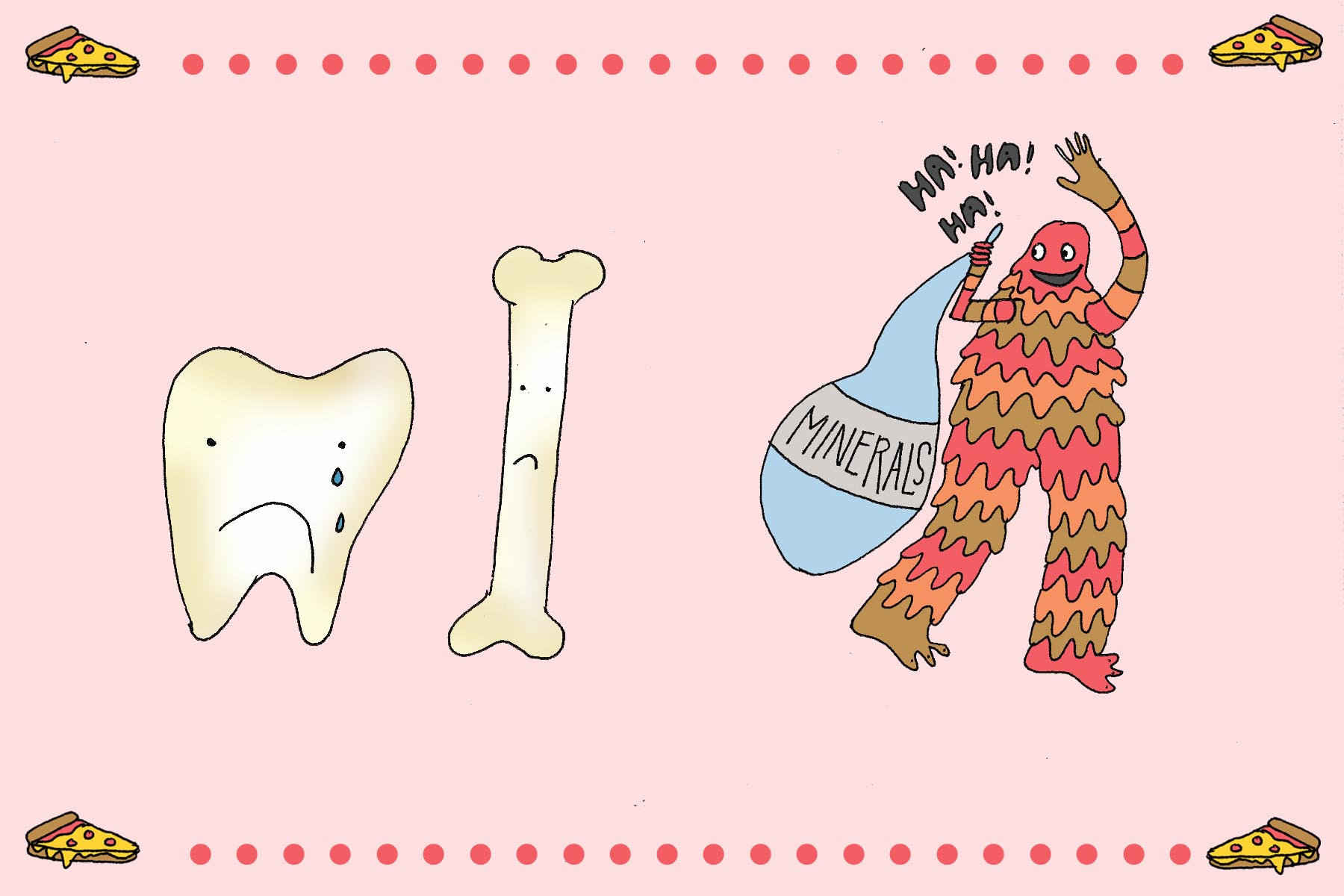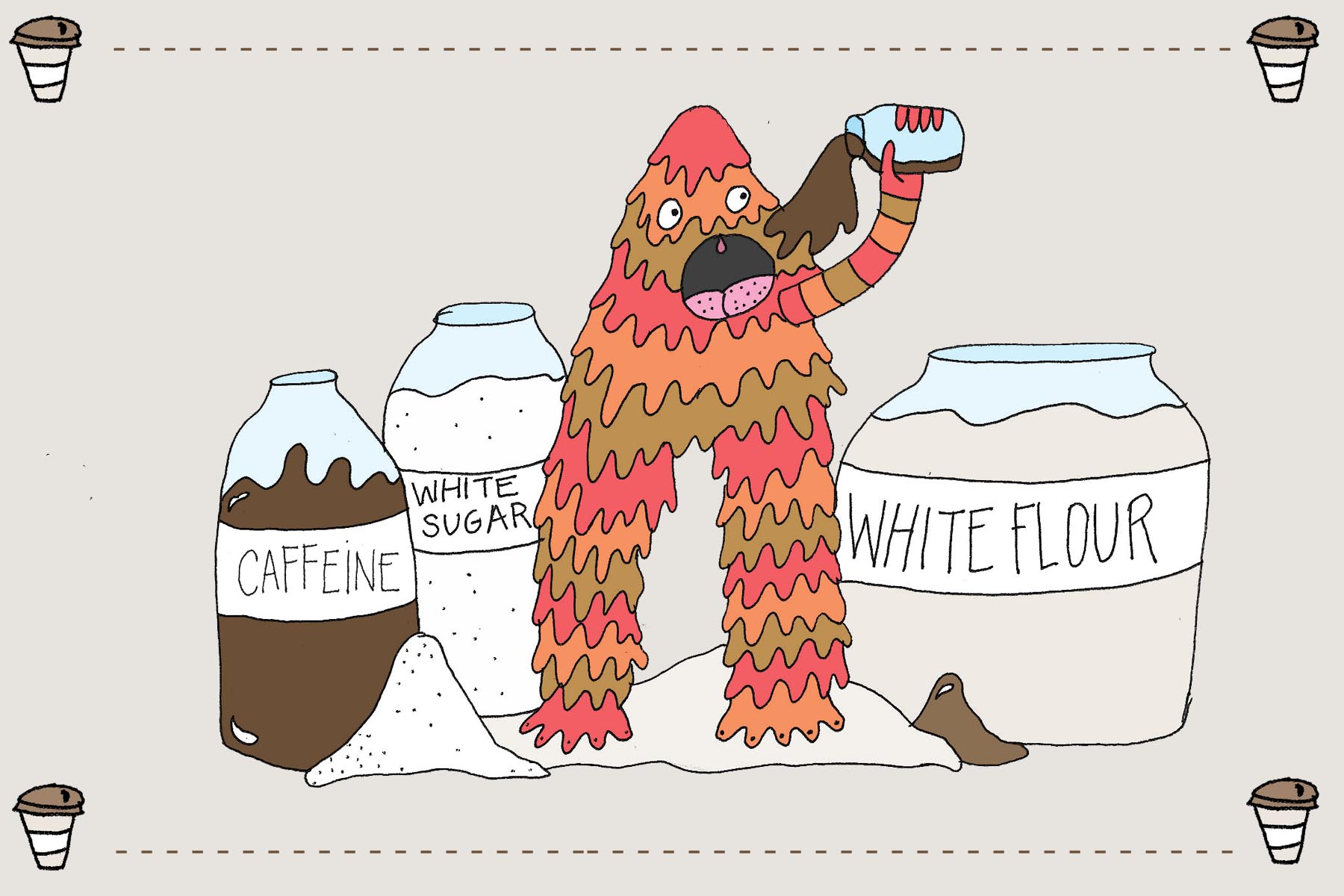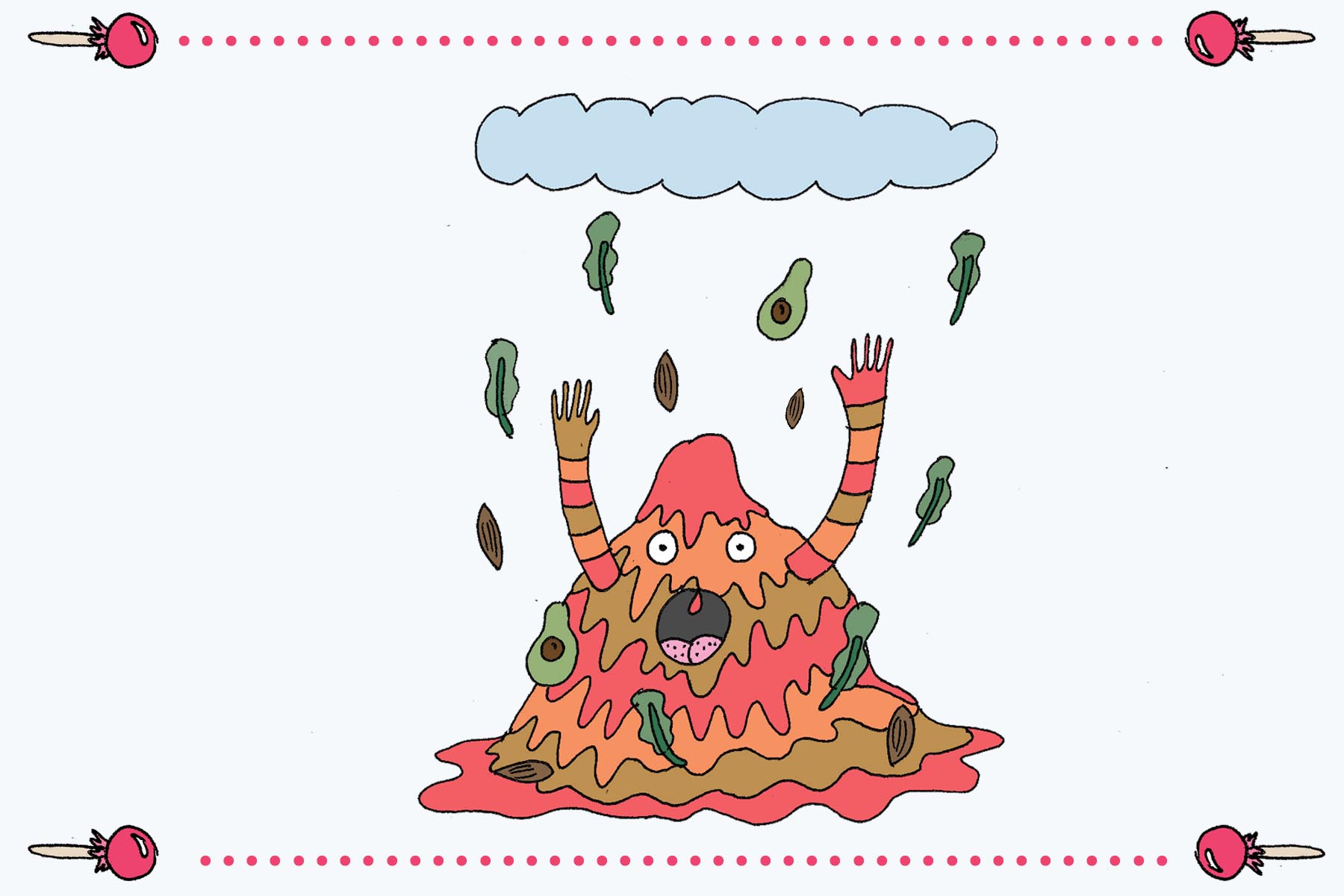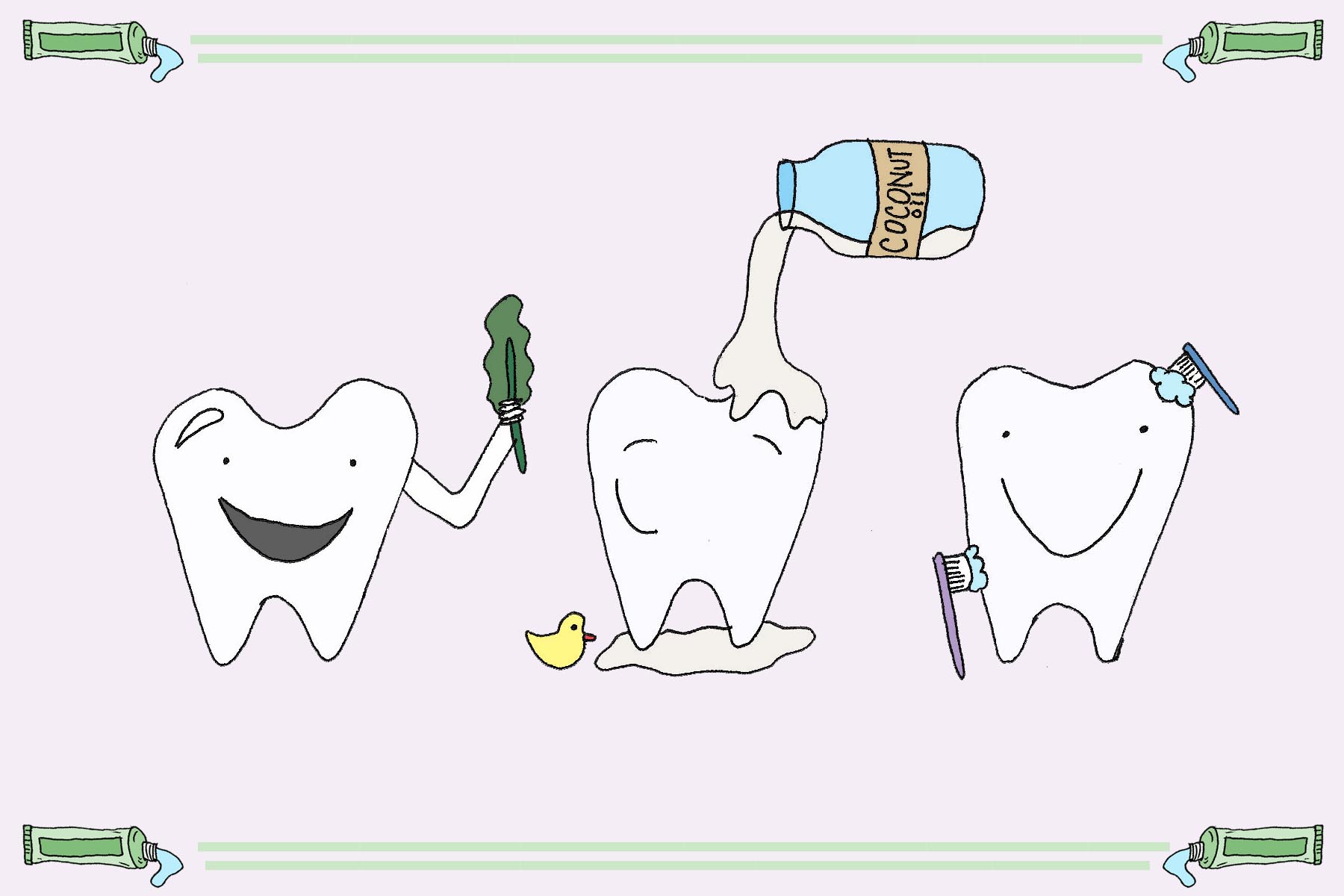When I was 7 years old, I would go into a panic thinking about an upcoming trip to the dentist. I was terrified of needing to have a cavity filled-- the shots; painful, noisy drilling; terrible tasting and textured goops they put in my mouth; and the eternity I had to endure until it was over. Only two things made me slightly calmer about my impending dental doom: doing handstands in the dentist’s elevator (I thought they gave me good luck) and praying to the Tooth Fairy. Asking for help and protection from the Tooth Fairy made me feel like I had some control over the fate of my teeth and gave me a sense of peace since I had a magical guide as a support.
17 years later, after developing a few sensitive, aching molars and a recent demoralizing trip to the dentist, I think it’s time to take some of the pressure off the tooth fairy. I decide to take control of my dental health by learning about various self-care practices and how the foods I eat affect my oral hygiene.
Last month, I enjoyed a slightly foggy Saturday at the Lake Merritt Farmers Market while nibbling on an abundance of colorful fruit samples. After winding through the rows of vendors and picking up my staples of figs, kale and beets, I found myself in front of Rupam Henry’s Holistic Health and Dental Solutions booth. As I scanned the shelves lined with brown and blue bottles of digestive bitters, tinctures and holistic dental products, I couldn’t help but feel like fate brought me here (or maybe it was the Tooth Fairy). I approached Rupam, who worked as a RDA (registered dental assistant) for 20 years, seated behind her register and asked her what to do about my current dental woes. She answered me with clear explanations that addressed my problems (in the vocabulary of western dentistry) and also offered noninvasive ways I could help my teeth and gums, including dietary tips. After a brief chat, I set up an in-depth interview to find out more.
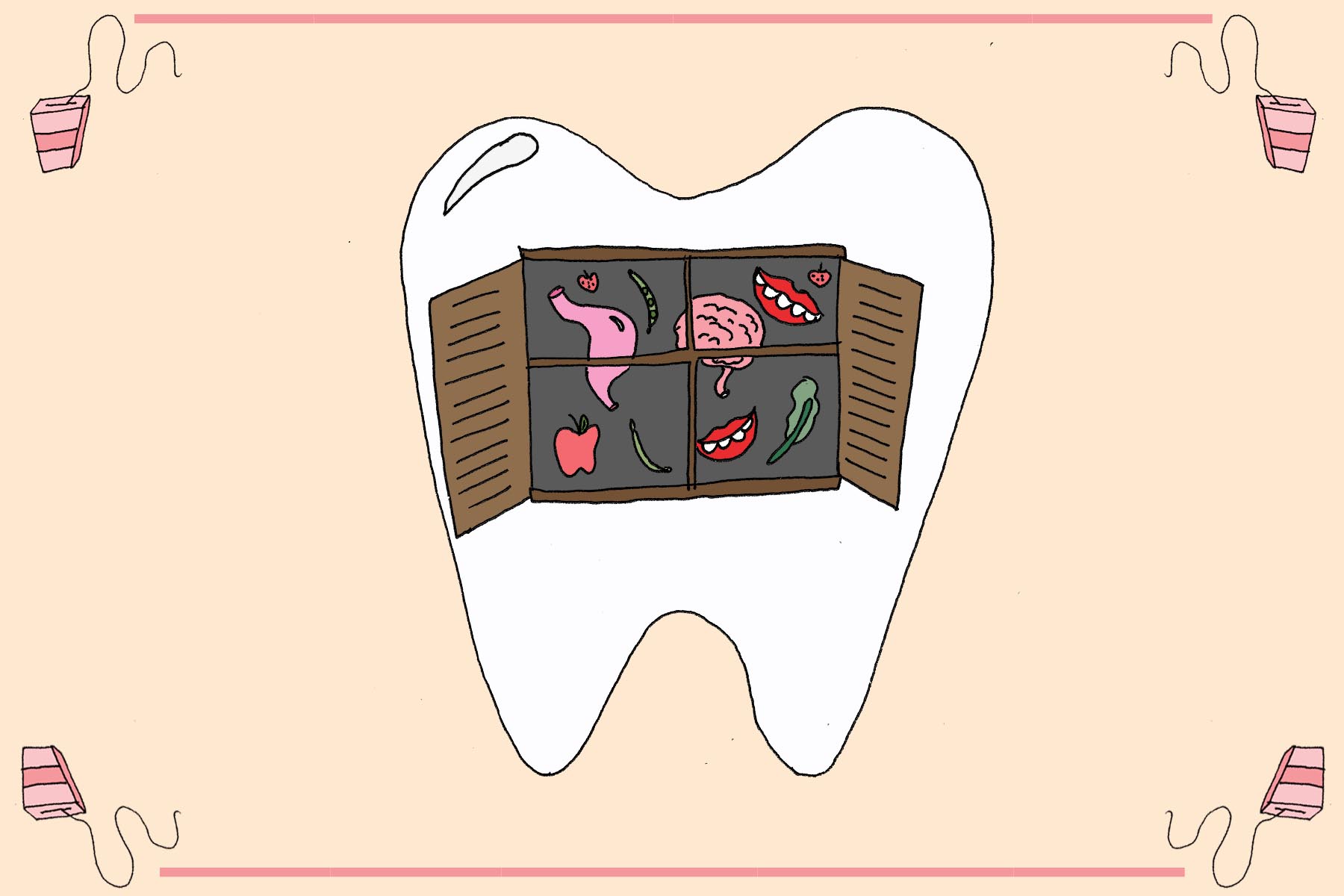
The first time I made the connection between teeth and the well-being of the whole body was when I became acquainted with the work of Weston Price, a dentist who saw teeth as a window into health. His life’s work in the 1930s involved traveling to Africa, Polynesia and Australia, studying the teeth of Native communities who still ate traditional diets. Price discovered that when people ate their ancestral food, their health flourished, and their oral hygiene was remarkable. When missionaries introduced a more western diet, however, the dental health of Native communities declined rapidly. Price attributed this decline in wellness to foods such as: refined sugar, white flour, vegetable oil and canned goods and the loss of fermented grains and seasonal vegetables and bone broth.
Rupam Henry, who integrates her wisdom as an herbalist and holistic health educator with her 20+ years as a RDA in general and pediatric dentistry, also supports Price’s work. Besides combining holistic and western approaches in her practice and products, she comes from 13 generations of medicine makers and pharmacists originating in Germany.
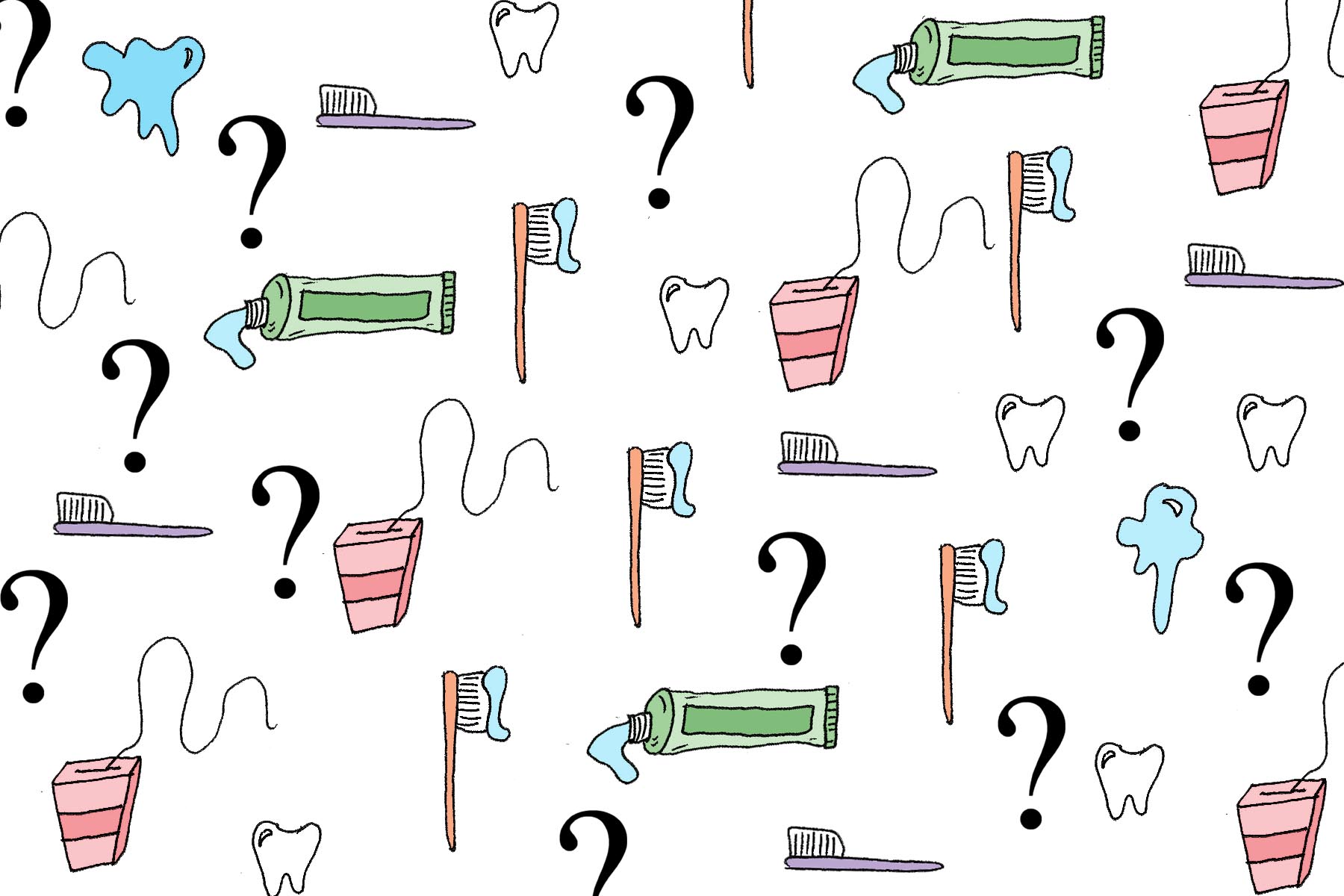
Are brushing and flossing the keys to caring for your teeth?
